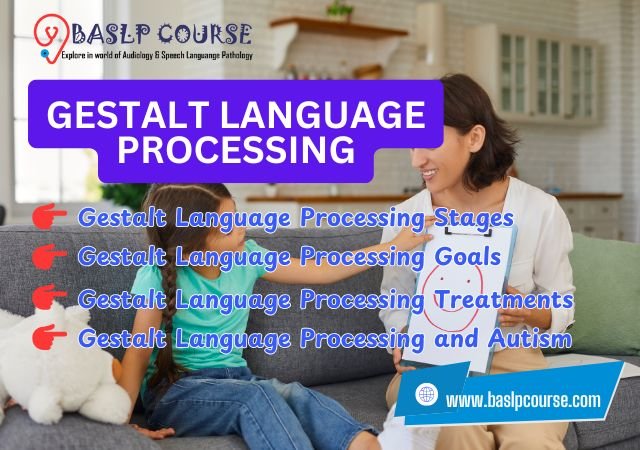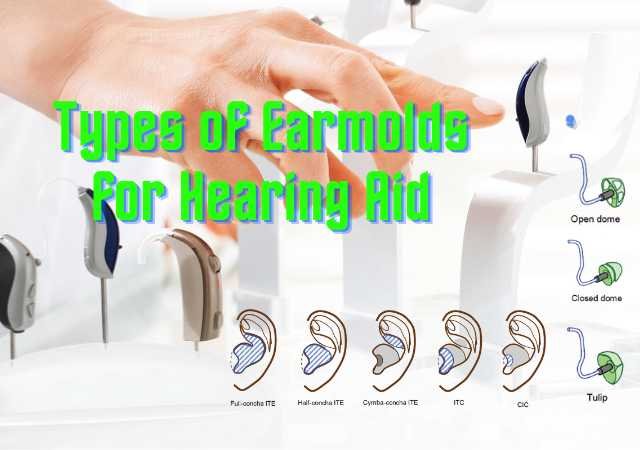Introduction to Language Disorder: Language is the words we use to share ideas and get what we want. A person with a language disorder may have problems:
- understanding
- talking
- reading
- writing
Table of Contents
ToggleLanguage Disorder:
Impaired comprehension and problem in using of spoken, written or other symbol called Language disorder. Language disorder may exist any linguistic level (phonology, morphology, syntax, semantics, pragmatics or in any combination). Language disorder may Receptive Language disorder and Expressive Language disorder.
Types of Language Disorders:
- Phonological Disorder
- Lexical Disorder (Limited Vocabulary)
- Syntactic Disorder (AgrammatismAgrammatism, speech in which content words (mainly nouns, verbs, adjectives) are present, but most function words (articles, prepositions, conjunctions) are missing. A common characteristic of the speech of adults with Broca’s aphasia. Reference: Introduction to Neurogenic Communication Disorders (Eighth Edition) - Robert H. Brookshire [Book Pg. No. 450] More)
- Semantic Disorder
- Pragmatic Disorder
Phonological Disorders:
Phonology – Phonology is study of Speech sound of a particular language. Researcher has demonstrated that by the age of six months, infants learn to respond to their native language.
Phonological Disorders – Inability to correctly produce or compound speech sounds of a language. Phonological disorder is often referred as articulation disorders. For e.g. John used the Phoneme /t/ for /d, k, g, s, z, ℑ, ∫t, dℑ/. He was diagnosed as having a phonological disorder.
According to ASHA, Phonological disorders focuses on predictable, rule based errors like fronting, stopping, final consonant deletion that affect more than one sound.
Causes of Phonological disorder:
- Because of problem in the structure of nose/mouth/ or other structure used for speech.
- Abnormality in the function of the muscles or nerves in the speech production.
Lexical Disorder (Limited Vocabulary):
Lexical disorder is example of such disorders are SLI (Specific Language Impairment) and Aphasia. It is a disorder covering disorders in the normal acquisition of language without any clear primary deficit.
SLI children and adults have normal non-verbal IQs, no hearing deficit, no emotional or behavioral problem but they never acquire language in normal way.
Aphasia is a language disorder caused by a brain lesion which may be due to an accident or stroke. Impairment or damage on selected parts of brain mainly Broca’s Area, Wernick’s Area result into Aphasia. Aphasia is a disease in which the patient is unable to process what he/she have be said or they may be unable to express themselves.
Syntactic Disorder (Agrammatism):
Syntax refers to the system governing the order and combination of words to form sentences.
A Person with Syntactic errors in language can be diagnosed as having syntactic disorder. Having this disorder, patients have difficulty sequencing words, thoughts and information in order.
Tasks that will be difficult for someone having syntactic disorders:
- Setting the table (they may struggle with what to put down first and where everything is meant to go).
- Telling stories (they will jumble up the incidents, it’s hard for them to remember which incidents follows the other)
Symptoms of Syntactic disorders – The patient can not follow instructions. As they hvae problem with remembering task sequences.
Semantic Disorders:
Semantics refers to meanings and the relationship within the words. Semantic disorder is inability to process the information. Semantic disorder is accompanied by Pragmatic disorder. Commonly referred as SPD i.e. Semantic Pragmatic Disorder.
Example of Semantic disorder – Difficult in understanding that both there words means same ‘last stop’ and destination.
Pragmatic Disorders:
Pragmatic refers to the system that combines the language component according to the situation / context.
Dysfunctionality in using language component in appropriate context or using language according to situation can be referred as Pragmatic disorder. Pragmatics involves the tone of voice used, rules of turn taking, social conversation, facial expression, gestures used to accompany speech.
Example of pragmatic disorder – Problem with social interaction, Autism.
References:
⇒ https://www.asha.org/public/speech/disorders/
⇒ Speech Correction – Charles Van Riper (Book)
You are reading about:
Introduction to Language Disorder
Share this:
- Click to share on X (Opens in new window) X
- Click to share on Facebook (Opens in new window) Facebook
- Click to share on LinkedIn (Opens in new window) LinkedIn
- Click to share on Telegram (Opens in new window) Telegram
- Click to share on WhatsApp (Opens in new window) WhatsApp
- Click to print (Opens in new window) Print







0 Comments